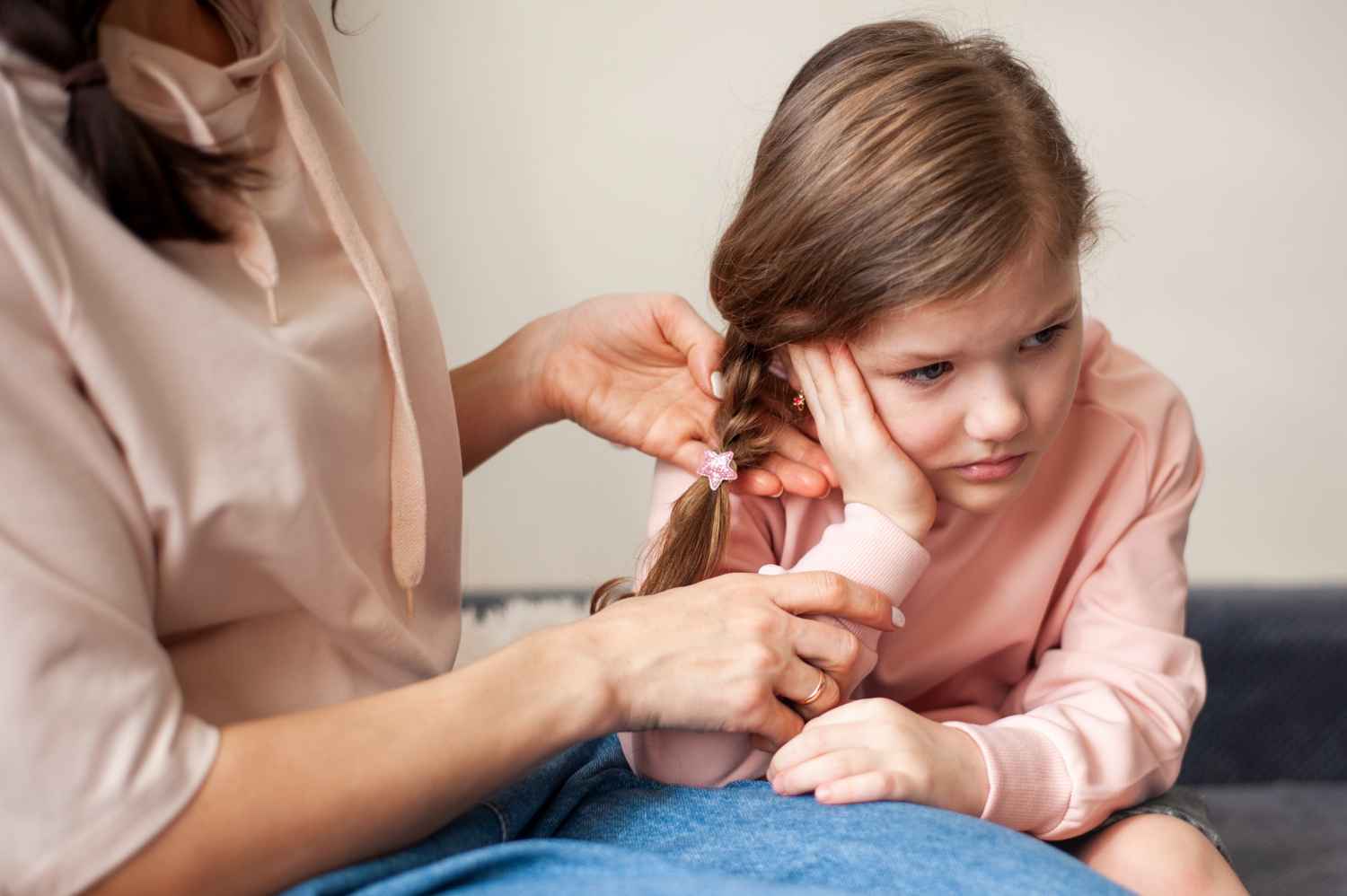Ear infections are often thought of as a childhood issue, but they can affect individuals at any age. They can arise suddenly and make routine activities like chewing or lying down quite uncomfortable. While most cases are manageable, timely treatment is crucial to avoid complications. This article covers everything you need to know about ear infections — their causes, symptoms, treatments, and prevention.

Ear infections are common but treatable conditions that can cause significant discomfort—especially in children.
An ear infection, or Otitis Media, happens when the middle ear becomes inflamed due to fluid buildup behind the eardrum. This space, normally filled with air, can become a breeding ground for bacteria or viruses. The main culprit is often a malfunction in the Eustachian tube, a small passage connecting the middle ear to the back of the nose. When blocked or swollen, it traps fluid, allowing germs to grow and cause infection.
Symptoms may vary based on the infection’s severity, but the most common signs include:

Understanding how ear infections develop can help you catch and treat them early.
Ear infections occur when bacteria or viruses multiply in trapped fluid. Common causes include:
Certain factors make you or your child more prone to developing ear infections:
Treatment depends on the infection’s severity and the patient’s age. Options include:
Though most ear infections clear up without issue, untreated or chronic cases can lead to complications such as:

Ear pain, pressure, and temporary hearing loss are common symptoms of Otitis Media in adults.
These remedies may help manage mild pain while waiting for treatment:
Note: Avoid inserting anything into the ear canal unless advised by a doctor.
Prevention is key, especially for children. Here are expert-recommended tips:
Seek medical attention if you notice:
Early diagnosis and treatment can prevent serious complications. Consult your ENT specialist for proper evaluation and care.
Q. Why are children more prone to ear infections?
Children’s Eustachian tubes are smaller and flatter, making fluid buildup more likely.
Q. What should I do if my child has an ear infection?
Use warm compresses, manage fever with OTC meds, and monitor symptoms. See a doctor if it persists.
Q. Can my child go to school after an ear infection?
Yes, once the fever is gone and they feel better—usually within 1–3 days.
Q. Should I cover my child’s ears during an infection?
Not necessary, but keeping ears warm in winter may ease discomfort.
Q. Can I swim with an ear infection?
It’s better to avoid swimming until the infection clears to prevent worsening.
Q. Is it safe to fly with an ear infection?
Flying can worsen symptoms. If necessary, use a nasal decongestant before takeoff and landing. Consult your doctor first.
We offer expert care across key specialties, including Medicine, Cardiology, Orthopaedics, ENT, Gynaecology, and more—delivering trusted treatment under one roof.

Dr. Divyajyoti Sharma
Prakash Hospital Pvt. Ltd. is a 100 bedded NABH NABL accredited multispecialty hospital along with a center of trauma and orthopedics. We are in the service of society since 2001.
OUR SPECIALITIES
Contact Us
D – 12A, 12B, Sector-33, G. B. Nagar, Noida, Uttar Pradesh 201301
+91-8826000033

© 2025 All rights reserved.
Designed and Developed by Zarle Infotech